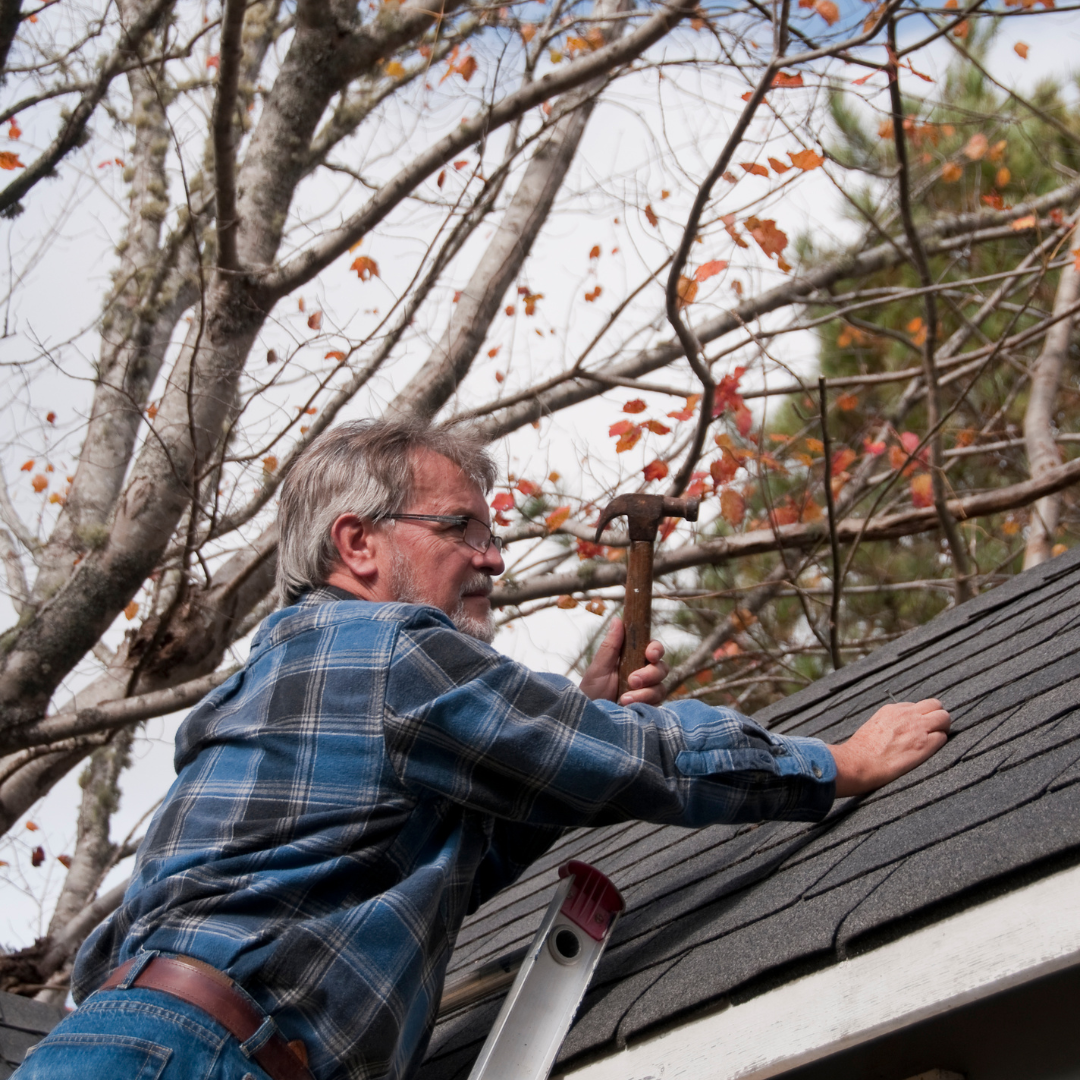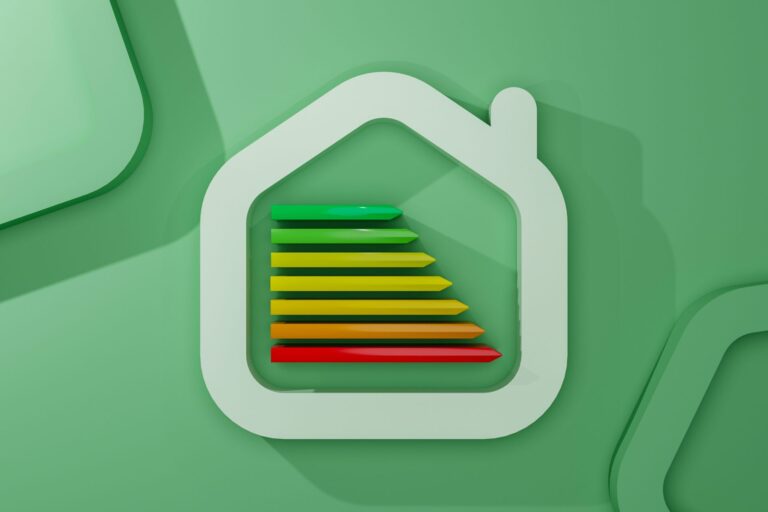Donec efficitur, ligula ut lacinia
viverra, lorem lacus.

Roof Repairs for Emergencies
No one ever expects their roof to spring a leak. But the necessity for an emergency roof repair can happen to anyone, at any time. That’s why it’s important to be prepared for the unexpected by having the right materials to hand or the contact number of a roofing contractor who can carry out the work at short notice. You will likely pay more for an emergency call-out, but it will be well worth it to protect your interior contents and not end up with a bigger repair bill in the longer term.
You may not be able to do a full roof replacement in the middle of a storm, but there are some things you can do to stop the water from coming in and make your home temporarily safe and dry. Those might help stabilize your house until you can call Roof repair professionals to fix it for good. Here are four emergency roof repairs you should know about.
Cover the hole with something waterproof
The first step is to cover the hole with something that will stop the water from coming in. A tarp is the best option, but you can also use a piece of heavy-duty plastic or even a rubbish bag in a pinch.
Whatever you use, make sure it’s large enough to completely cover the hole and secure it with something heavy so it doesn’t blow away.
Use a sealant to patch the hole
Once you’ve covered the hole, you’ll need to patch it with a sealant to keep any more water from getting in. There are many different types of sealants available, so be sure to choose one that’s appropriate for your particular roof material. In this regard, you may need to think like an experienced roofer. Inspect your roof properly as he would and then purchase an appropriate sealant. Also, take the time to apply the sealant properly and check if the hole has been patched completely.
Make sure the hole is completely sealed
Once you’ve applied the sealant, it’s important to make sure the hole is completely sealed. You can do this by covering the area with a piece of tape or a piece of aluminium foil. This will help reflect any heat away from the hole and prevent the sealant from drying out too quickly.
Reinforce the area around the hole
Once you’ve patched the hole in your roof, it’s essential to reinforce the area to prevent any further damage. A reliable way to achieve this is by installing roofing felt or applying a layer of asphalt shingles over the sealant. These measures will provide protection against UV rays and help maintain the integrity of the sealant. For added support, you can also use metal or a piece of wood to cover the patched hole. If you’re not confident in handling these repairs on your own, it’s wise to seek the assistance of professional handyman services. Consider reaching out to trusted roofing handyman in Bonita Springs (or in your vicinity) who can efficiently assess the damage, perform the necessary repairs, and ensure the roof’s long-term stability.
Temporary repairs to a roof will only last so long, so you will likely need a professional to check your roof over and carry out a more permanent repair. If your roof materials are just not up to the job then you may need an entire roof replacement. Check how long your roof has been up because different materials have varying longevities. For instance, asphalt shingles will not last as long as a metal roof, but natural slate tiles can potentially last a century. It all depends on the investment that you want to make. As well, think about the shape of a roof because a flat roof invariably allows water to gather and so potentially seep in if collecting for long enough, while sloped roofs deflect rainwater and snow.
How to keep the roof from incurring damages?
Now that you know how to make last-minute repairs on your own, you should take some time to learn what causes the roof to be damaged. This can help you avoid the headaches of emergency repairs. While elements of nature, like rain, hail, and snow, can contribute to the poor condition of your roof, lack of cleanliness can also be one of the major contributors here. Over time, dirt and debris collect over your roof, and though rain can wash off most of them, it cannot remove algae, moss, or lichen growth. Gloeocapsa magma, a bacterium, is responsible for feeding off both limestone and asphalt roofing in cool, moist, and shaded areas of the roof. It can cause shingle deterioration and wood rot. Therefore, it makes sense to clean the roof at regular intervals. It can have multiple benefits: first, it will help in maintaining the appearance of your roof; second, it can add to the lifespan of the roof and save you from expenses. Going through all this, you may be tempted to take up the task yourself. Refrain from doing that; you may not have the knowledge or the right tools to accomplish the cleaning task — think high-pressure washers and safety gear. Instead, hire professionals who can offer roof cleaning in london or wherever you are located. They would have the knowledge and the experience to handle such jobs and can ensure that the task is done properly.
Conclusion
Emergency roof repairs can be a hassle, but they don’t have to be a disaster. By being prepared and knowing what to do, you can make sure your home is safe and dry until the repairs can be made. The best option is to call out a professional but should this not be possible in a very short space of time, you at least have the approach above that you could take to keep items safe and dry. That being said, it would not cost much to learn how the health of your roof deteriorates. This insight could prove useful to you in the long run to avoid emergency repairs.



